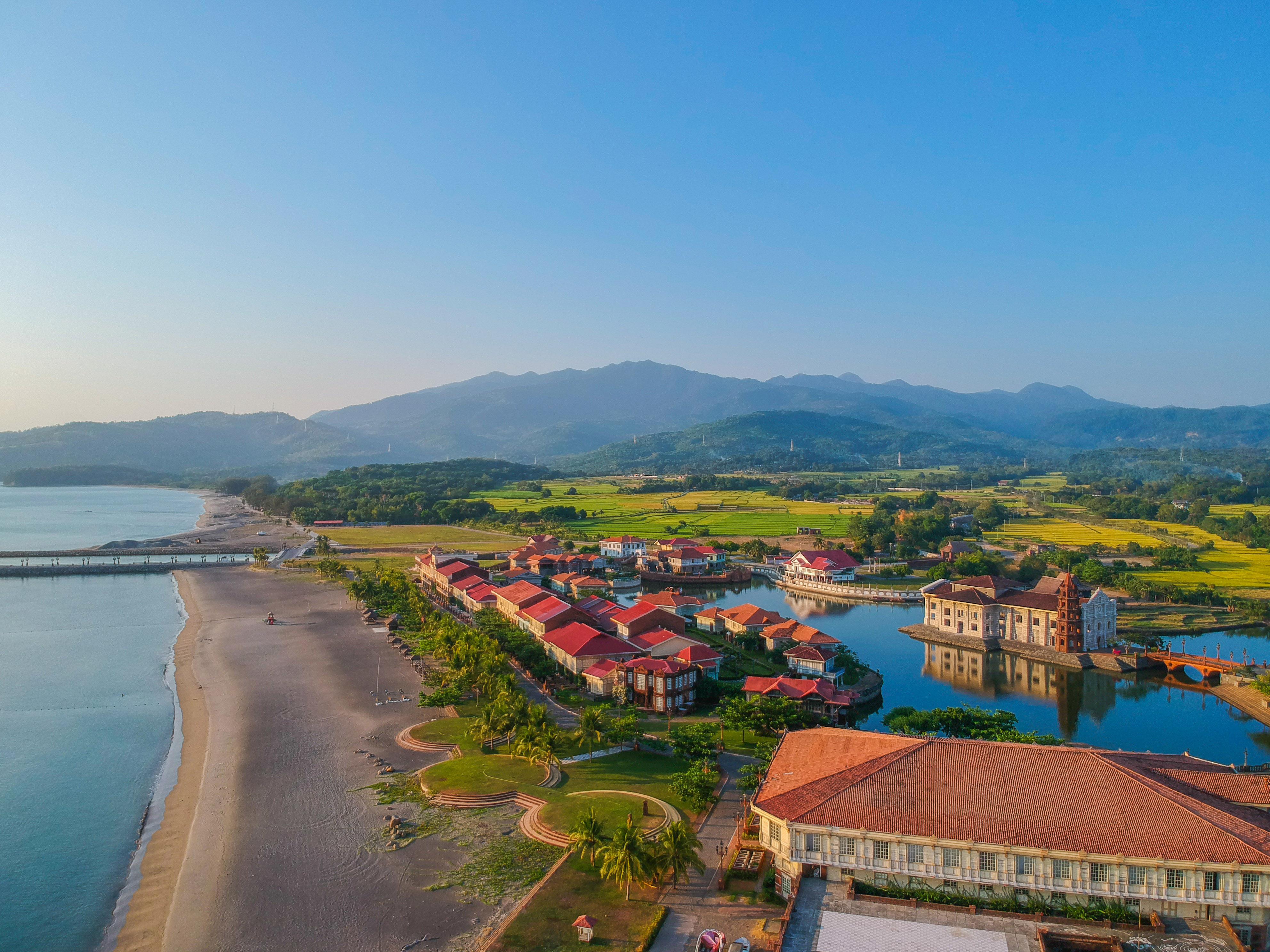The Philippine Institute of Volcanology and Seismology (Philvocs) first reported a “phreatic” or steam-driven ash eruption at 5:06 p.m. on January 13, 2018. Provincial disaster officials in Albay quickly ordered immediate evacuation of residents in 16 barangays within the six-kilometer-radius of the Permanent Danger Zone (PDZ).
On Sunday morning, of January 14, Philvocs recorded two phreatic eruptions, raising Alert Level 2 over Mayon. Nine hundred nineteen families sought shelter at four public schools in Camalig and Guinobatan, Albay, according to the National Disaster Risk Reduction & Management Council (NDRRMC). By 8 p.m. the alert had been raised to Level 3 as the beginnings of lava flow were spotted.
Nine volcanic earthquakes and 75 lava collapses were recorded on January 16, resulting in rockfall. Two kilometer high plumes of ash fell on barangays in Camalig, Guinobatan, and Polangui. The provincial government officially declares a state of calamity over Albay and Legazpi City Mayor Noel Rosal ordered a preemptive evacuation in five barangays inside the seven-kilometer EDZ south of Mayon.
On January 23, Philvocs recorded eruptions, with Mayon emitting a giant five-kilometer ash cloud, followed by another three-kilometer column of ash past noon. Mayon also spouted a lava fountain around 600 meters high. Philvocs Director Renato Solidum said the volcano is undergoing strombolian activity, which means frequent and moderate eruptions can be expected.
Authorities recorded four eruptions on January 28 at 12:45 a.m., 5:36 a.m., 10:33 a.m., and 3:25 p.m. Volcanic mudflows or lahar continued to be spotted in towns in Albay. More than 21,000 families or 81,200 individuals sought shelter in evacuation centers due to the volcano’s activities.






